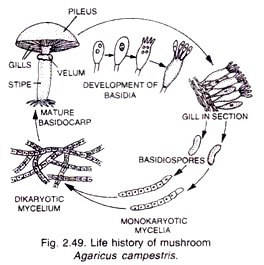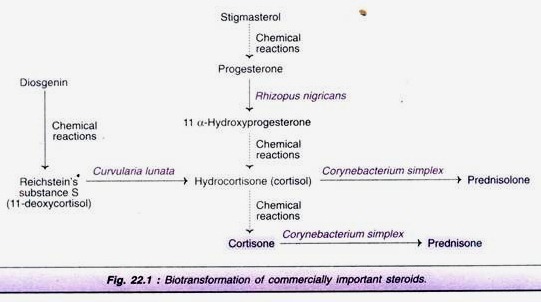ADVERTISEMENTS:
Integrated control (Stem et.al, 1959) or integrated pest management (IPM) uses biological, chemical and cultural methods of control.
This system is ecologically sound because it relies on natural biological control as much as possible and depends on chemical treatments only when absolutely necessary.
However, to achieve integrated control, we need to understand the population dynamics of the pest species and also of the crop system.
ADVERTISEMENTS:
Gonzaliz (1970) has compared developing an IPM programme to building a house. Sampling, establishment of economic thresholds, and knowledge of natural mortality in agro-ecosystems form the foundation of the house.
The variety of control methods available, such as, chemical, biological, host resistance and autocidal methods form the studs. The integrated programme forms the roof. How well the roof holds up depends upon the strength of the foundation and the number of studs that support it (Fig. 3.10).
Based on the above consideration, the integrated pest management prescribes the use of the following:
ADVERTISEMENTS:
(a) Predators: for example, the use of ladybeetles and lacewings against agricultural pests, or beetles to control weeds, or herbivorous fishes to control weeds.
(b) Parasites: For example, the use of calcid wasps against pests.
(c) Pathogens: For example, the use of viruses and bacterial infections those are specific for a pest.
(d) Decoy plant: Cultivation of low-value crops to attract pests away from high-value crops,
(e) Hormonal stimulants: Such as juvenile hormones which prevent insects from completing their cycle.
(f) Pheromones: Sex lures and other bio-chemicals that regulate pest behaviour,
(g) Degradable chemical insecticides: Organic phosphates and others.
(h) Biological insecticides: Such as Bacillus thuringiensis because their action is specific.
(i) Slow-release herbicides: Such as copper sulphate is used for algae control.
ADVERTISEMENTS:
(j) Artificial selection for disease and pest resistance rather than for short term yield as such.
(k) Rotation and diversification of crops; strip-cropping; the use of frap crops; planting pest- resistant strains of crops; timing crop-planting so as to avoid pest outbreaks; altering the distance between crop rows.
(l) Chemical or radiation sterilization,
(m) Modifications in the use of water and fertilizers.
ADVERTISEMENTS:
Thus, the strategies employed in integrated pest management are multiple and diverse. The various strategies may be used singly or in combination, simultaneously or in sequence, depending upon the particular pest problem. As the programme involves lot of time, effort and money, actual examples of IPM are limited. As an example we can take the IPM programme developed to control cotton pests in California. The main pest of cotton was Lygus hesperus, which feeds on cotton buds.
In addition, the cotton bollworm (Heliothis zea) was a secondary pest. The IPM programme required minimum insecticide use to prevent secondary outbreaks. Subsequent studies showed that the lygus bug could only inflict serious damage during the budding season (June-July).
Therefore, insecticide applications were made during this time only. Cultural control was made by introducing thin strips of alfalfa into the cotton field which diverted the lygus out of the cotton. Each field was monitored twice a week from the beginning of budding to the end of August. Plant development, pest and natural enemy date were all collected, leading to a successful pest control programme. Overall, the programme represents a proper integration of biological controls and carefully timed insecticide treatments.
The success of the programme is illustrated in Table 3.2:
Giese et. al. (1975) have given an example of integrated control in respect of alfalfa pest management. The alfalfa weevil (Hypera postica) is the most important alfalfa pest affecting the alfalfa crop and an integrated control programme was designed for this weevil (Armbmst and Gyrisco, 1982).


